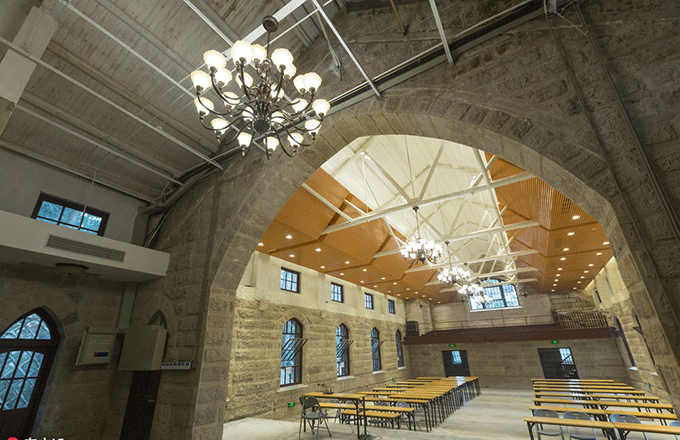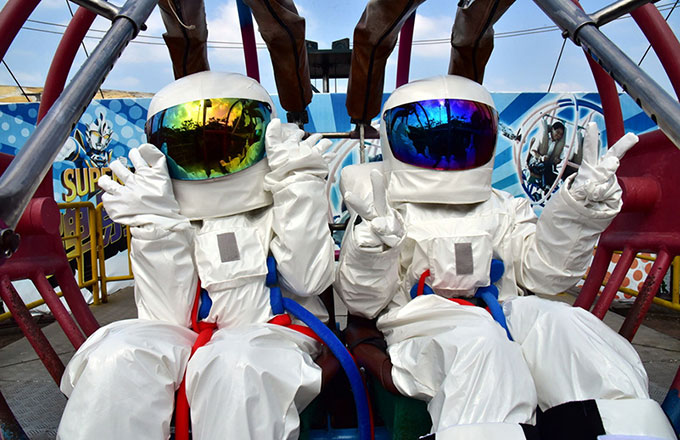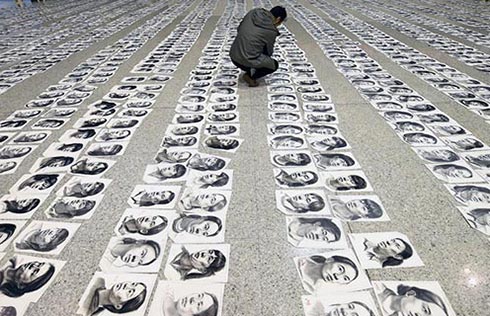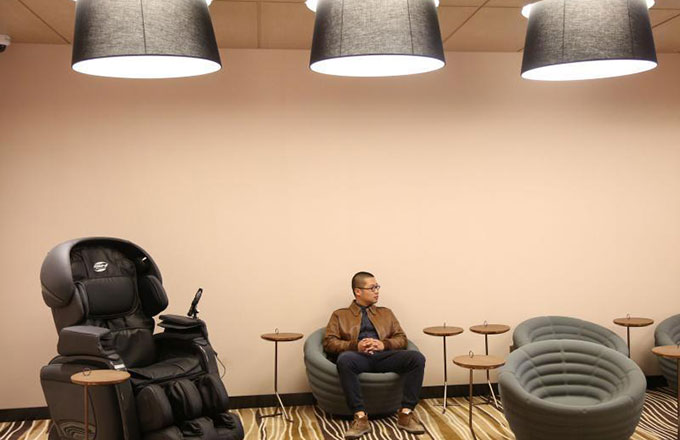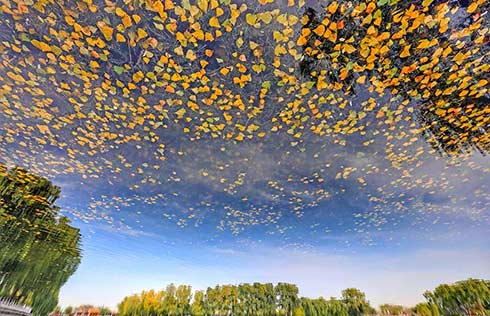'Hospital' for relics to open to public
Visitors to the Palace Museum in Beijing, also known as the Forbidden City, will soon be able to see firsthand how ancient treasures are restored.
The museum's cultural relic restoration center, known informally as the "cultural relics hospital", will open to the public on Dec 26, museum director Shan Jixiang said recently. The center, which Shan said might be the world's largest at 13,000 square meters, will also be used as an exhibition center.
Modern scientific methods are important for restoring collections, and the museum has been equipped with leading facilities, he said. The museum has co-founded a mural restoration lab with Italy and is cooperating with Greece to set up a protection lab for stone carvings.
Explaining why the center is so named, Shan said: "When patients come to a hospital, they have to register first and then decide which division they should go to. It is the same for our cultural relics."
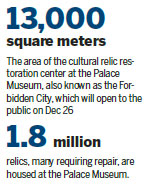
"They cannot be directly sent for restoration. Our experts must first diagnose their 'illness' to get their historical information, analyze the materials and make a tailored plan."
According to Palace Museum statistics, the Forbidden City has more than 1.8 million cultural relics, many of which need to be repaired.
"Only when visitors are able to see for themselves how the cultural relics are restored can they understand behind-the-scenes stories," Shan said.
The museum receives about 15 million visitors each year. Shan said that the opening of the "hospital", located in the western side of the museum, will help to relieve the burden on the overcrowded central axis.
Construction of the museum's new cultural relic restoration center began in 2014 after being approved by UNESCO, whose permission was needed because the Forbidden City is a World Heritage Site. The center has an ancient-looking facade to be in harmony with the surrounding royal palace architecture.
More than 15,000 people applied for jobs as restorers last year, but only about 20 professionals are recruited each year.
In the museum's antique clock restoration department, there are just two restorers who deal with the world's most abundant collection of mechanical clocks from the 18th and 19th centuries.
Earlier this year, a three-episode TV documentary about the restorers, Masters in the Forbidden City, went viral on social networks. An adapted feature-length film will be released in theaters soon.
Wang Jin, an antique-clock restorer with 29 years' experience, became a celebrity after appearing in the documentary. He is often recognized by museum visitors, many of who mask to have their photos taken with him.
"Wang is even more famous than me now," Shan joked. "We would like to promote craftsman's spirit in people like him through our upcoming cultural relic hospital."





